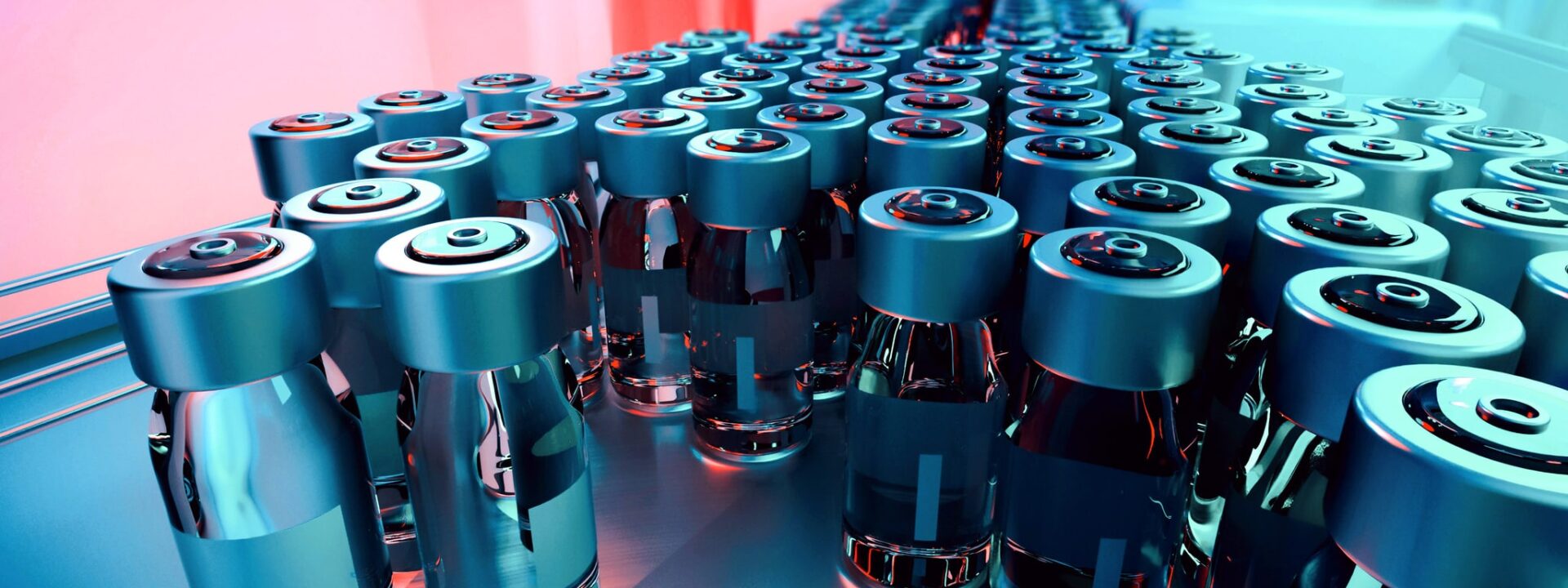Nitroso compounds are formed by the reaction of secondary and tertiary amines, amides, carbamates, urea, guanidine with nitrite or other nitrogenous agents (including N23 and N4).
The carcinogenic properties of N-nitroso compounds, especially N-nitrosamines, have been known for many years (1). Based on numerous studies, International Agency for Research on Cancer (IARC) has categorized N-nitroso compounds in Class 2a and Class 2b, as probable and possible carcinogens, and International Council for Harmonisation (ICH) M7 has considered them as a “cohort of concern” (2). However, it needs to be remembered that N-nitrosamides, which are the N-nitroso derivatives of primary amides, N-alkylurea, guanidine, carbamates are not in the same category as N-nitrosamines, which are N-nitroso derivatives of amines. The N-nitrosamides behave differently from N-nitrosamines in vivo.
They are direct acting mutagens that do not need metabolic activation to exhibit their mutagenicity or carcinogenicity as is the case of N-nitrosamines. Thus, they should not be put in the same category as the N-nitrosamines (3). The purpose of this paper is to discuss the differences in mechanism of activation of N-nitrosamides versus N-nitrosamines and the fact that they should not be treated alike.
